In the past 20+ years, the prevalence of Mass Notification Systems (MNS) has increased as building owners and risk managers have focused on the potential for non-fire related emergencies in their facilities. The importance of real-time communication during these events has been demonstrated time and time again. While a comprehensive MNS will incorporate multiple technologies to communicate over a variety of mediums, an increasingly common method for in-building notification is to utilize the existing fire alarm system.
Fire Alarm and Mass Notification
The use of a fire emergency voice/alarm communication system (EVACS) as a component of a mass notification system has proven to be a cost-effective solution, eliminating the need for a separate communication system within a facility. However, NFPA 72, which governs fire alarm design as well as MNS design, permits the use of a fire emergency voice/alarm communication system (EVACS) for mass notification only after completion of a risk analysis and only in accordance with an approved emergency response plan.
When an emergency event occurs, the response is more effective if it is immediate and deliberate. Fire alarm systems are specifically designed to provide notification for a fire event, which is a specific event with specific challenges. Utilizing these systems to provide rapid communication in a non-fire event can create issues if a proper risk assessment is not performed in conjunction with the creation of a comprehensive emergency response plan.
Risk Analysis
A proper risk analysis and emergency response plan will identify potential emergencies that can impact a specific facility and determine how the MNS can and should be utilized during each event. Certain events must be prioritized over others to ensure the communication channels remain open and effective in an emergency. Identification of potential emergencies, as well as the response capabilities of the EVACS must be tailored to the specific organization and location as well as the various languages and cultures of those that may need assistance. Owners that believe their traditional EVACS system is a tool for emergency communication may find they have limited control over the system when an emergency arises.
NFPA 72 provides requirements and guidance for how a risk analyses should be performed. If the designer of the Mass Notification System has the requisite expertise, they may perform the risk analysis as well. However, if the designer does not feel comfortable performing a comprehensive risk analysis, a fire protection engineer can assist.
Conclusion
Fire alarm system design incorporates many design features that make it ideal for use as part of a Mass Notification System. With proper consideration in the initial design and programming, a fire alarm system can be a powerful and cost-effective tool to communicate during any emergency event. If considering using a fire alarm system to communicate during non-fire emergencies, make sure a proper risk analysis is performed and that your emergency response plan is comprehensive to ensure your occupants are protected.





